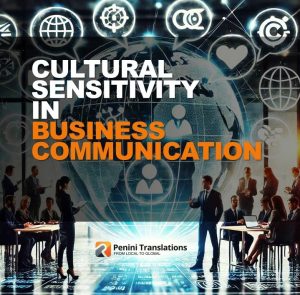What is TOWANOWA?
TOWANOWA is a circular economy concept developed by Sumitomo Rubber Industries for the tire industry. The name comes from the Japanese words Towa (everlasting) and Wa (ring), symbolizing an ongoing “value ring” that contributes to sustainability both for the environment and society. This initiative is part of Sumitomo’s broader goals of achieving carbon neutrality and resource efficiency by 2050.
![]()
TOWANOWA features a dual-ring structure. The “Sustainable Ring” addresses the entire tire lifecycle—from design and materials procurement to production, sales, and recycling—aiming for resource circulation and minimal environmental impact. The “Data Ring” leverages big data from these processes to optimize resource usage and improve tire performance through innovations such as AI-powered simulations. This data is crucial in enhancing technologies like the company’s “SENSING CORE” system, which collects tire usage data to support better product designs. (MarketScreener / SRI Group)
The concept is part of Sumitomo’s long-term sustainability vision, aligning with their “Driving Our Future Challenge 2050” policy, which seeks to address environmental, social, and governance issues within their business activities. (Rubber World)
Can TOWANOWA’s Circular Economy Concept Be Adapted to Service-Oriented Businesses?
Let’s explore how this concept of circularity, sustainability, and data-driven innovation can be applied to a translation agency to enhance efficiency, minimize resource waste, and improve client satisfaction.
By incorporating TOWANOWA’s principles into a translation business, agencies can focus on creating sustainable operations through efficient resource management and advanced data usage. For instance, just as Sumitomo aims to optimize resource cycles, translation agencies can streamline their workflows by implementing AI-driven automation for repetitive tasks, thereby reducing both time and labor costs. Meanwhile, adopting paperless documentation and green IT infrastructure would reduce the environmental footprint, echoing the sustainability practices of TOWANOWA.
In terms of data utilization, translation agencies can mirror TOWANOWA’s “Data Ring” by using big data and AI to refine and improve service quality. Collecting feedback, tracking project performance, and learning from historical data would create a feedback loop that ensures consistent improvements in translation quality. AI and machine learning can also enhance the speed and accuracy of translations, helping agencies respond quickly to client demands while maintaining high standards.
The lifecycle approach is another key area where TOWANOWA’s principles apply. Translation agencies can adopt a project lifecycle management system that resembles TOWANOWA’s resource circulation model. This could involve comprehensive planning, efficient project execution, and the reuse of translation memories to enhance efficiency and consistency across projects, reducing the need for repetitive manual work.
TOWANOWA offers a robust framework that service-based businesses, including translation agencies, can adapt to improve their operational sustainability and client satisfaction. By embracing data-driven innovation and creating a circular workflow, businesses can thrive in a competitive, environmentally-conscious world.




